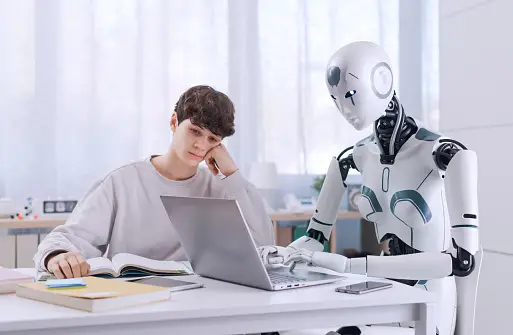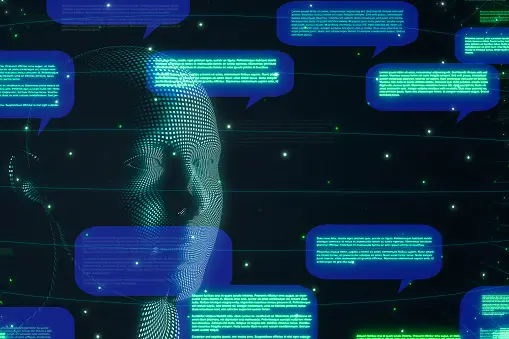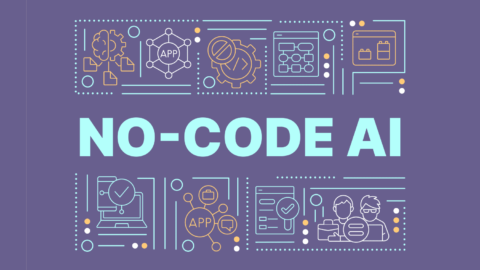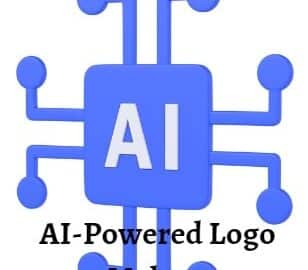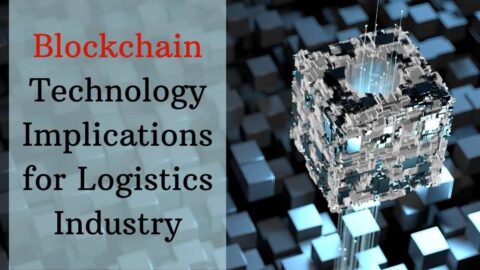The Dual Impact of AI on Accessible Education: A Look at Positive and Negative Impacts
AI made an enormous splash on the global community with the release of ChatGPT last November. For the past year, schools and employers alike have been scrambling to figure out how to handle the risk of accepting AI-generated work that has been passed off as the result of human effort. At the same time, schools are also trying to find ways to benefit from the proliferation of affordable and (relatively) high-quality artificial intelligence and AI programs. Do the pros of artificial intelligence out weigh the cons when it comes to education? In this article, we look at the challenges AI in education is creating for schools. We also examine some of the ways students and educators can take advantage of artificial intelligence for accessible education. Read on to learn more!
Table of Contents
What are the pros and cons of AI in education?
AI in education has both advantages and disadvantages. Some of the pros are:
– AI can provide personalized learning experiences for students, based on their needs, preferences and abilities and accessible education.
– It can automate tasks such as grading, feedback and tutoring, saving time and resources for teachers and students.
– AI can enhance the quality and accessibility of education, especially for remote or underserved populations.
Some of the cons are:
– AI may pose ethical and social challenges, such as privacy, bias and accountability.
– It may reduce human interaction and creativity, making education less engaging and meaningful.
– AI may create new gaps and inequalities, such as digital divide and skill mismatch.
How AI will be used in accessible education?
AI will be used in education to enhance the learning experience of students and teachers. It can provide personalized feedback, adaptive curriculum, and intelligent tutoring systems that can tailor the instruction to the needs and preferences of each learner. AI can also help teachers with tasks such as grading, assessment, and curriculum design, as well as provide insights into student progress and performance. And AI can also enable new forms of collaboration and communication among students and educators, such as virtual reality, chatbots, and gamification. AI will be used in education to transform the way we learn and teach in the 21st century.
Negative Impacts
Most of the press around AI in education concerns its negative consequences. Many of these fears are justified— particularly considering how new generative AI is. In this section of the article, we take a close look at what could go wrong with introducing artificial intelligence to students.
AI Makes it Easy to Cheat
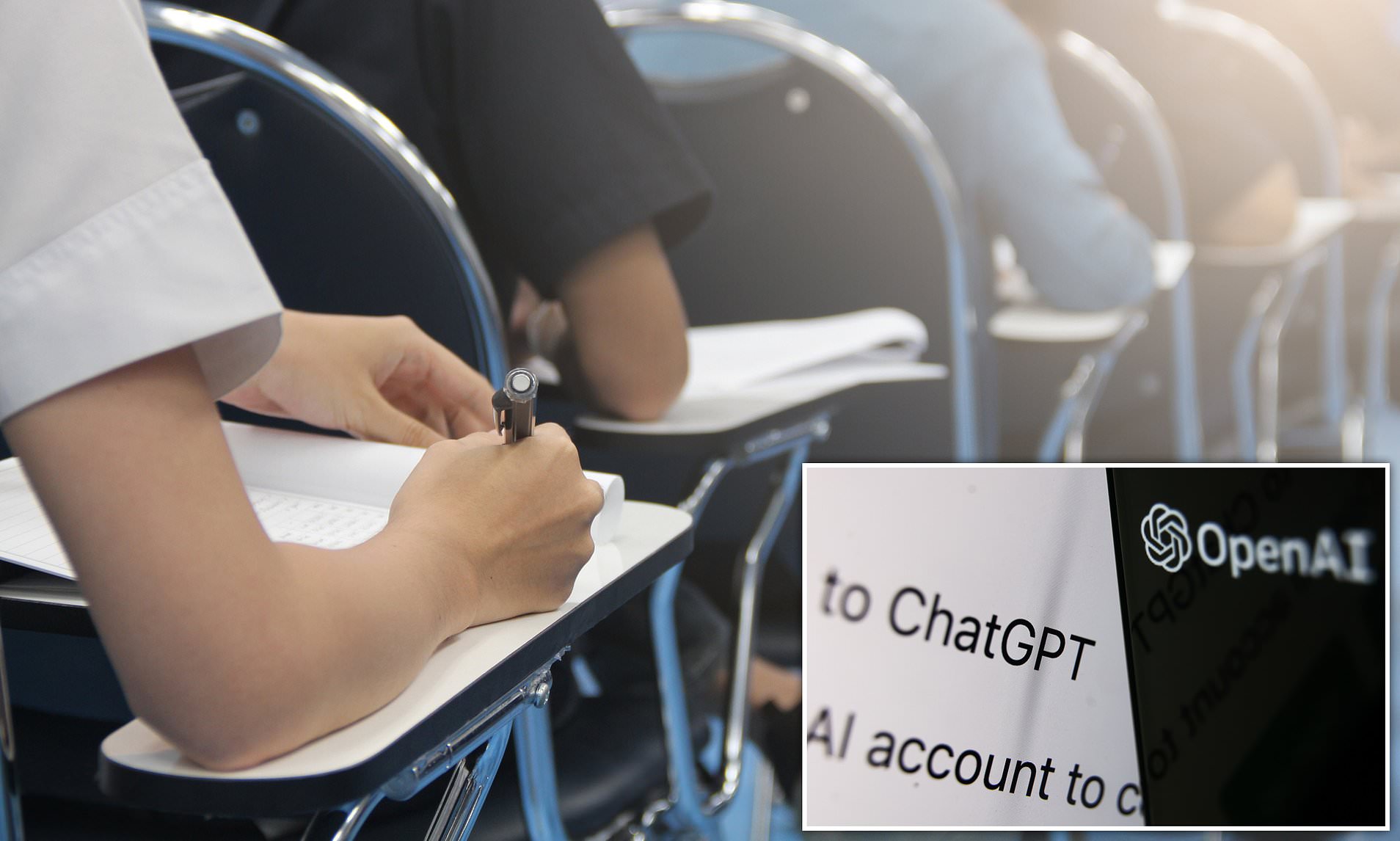
The most obvious and highly publicized fear concerning artificial intelligence is that it makes it very easy for students to cheat. Free programs like ChatGPT can generate hundreds of words within seconds. Some AI platforms can even create high-quality citations that mirror AP or other college-approved styles.
While AI typically does not produce what your average college professor would consider “A-work,” a student may well decide that they are ok with settling for a slightly lower grade if it means saving themselves four hours in the library.
It’s Easy to Get Falsely Accused of Using AI for Accessible Education
Earlier this year a college professor in Texas made national headlines after giving his entire class a failing grade. The reason? He’d used an online checker to test their final assignments for AI-generated content. Every single paper came back positive.
Part of the problem is that the professor did not use a conventional approach to checking the work. He input his students’ papers into ChatGPT and asked the program if it had written them. ChatGPT apparently said yes.
There are several issues with this— the biggest being that while ChatGPT generates AI text, it was not made to evaluate it.
The other problem is deeper and harder to correct. Even programs deliberately designed to detect AI-written content are wildly inaccurate. This creates a two-fold problem. On the one hand, it is very easy to be wrongly accused. On the other hand, it also gives students who wish to cheat plausible deniability if their work is ever called into question.
AI Makes a Ton of Mistakes
It really does. ChatGPT is basically made of the internet. Using it is a little like having a conversation with Google. You will get interesting insights and decent information, but you’ll also come across borderline unhinged nonsense.
Students wishing to use AI as a study aid run the risk of getting bad information. It’s also worth pointing out that most generative AI programs do not have access to real-time events. ChatGPT is currently about a year or so behind which leaves it incapable of interpreting or commenting on major world events.
The Good AI Can Do in Education Such as Accessible Education
One thing AI is pretty ok at is helping people brainstorm. You can bounce ideas off a generative AI program and get reasonably well-thought-out replies. AI programs can also point you in the right direction when it comes to conducting further research, going so far as to generate links to high-authority websites in certain cases.
AI can also be used as a way to make classroom learning more engaging. Studies show that students focus better when introduced to a wide range of learning tools.
Teachers benefit as well—particularly in the form of data interpretation. AI programs make it easier to quickly derive actionable data insights, even when working with larger, obscure number sets. This makes it easier to implement highly targeted education strategies for each student in the room.
How Good is Generative AI?
If you’ve ever played around with a free service like ChatGPT your first thought was probably, “Hmm. That’s pretty good.” Your second thought was most likely, “But not really good enough.” Many equate generative AI in its current form as being the equivalent of speaking with someone of slightly below-average intelligence.
That fact sometimes gets obscured by the fact that the scope of its “knowledge” (so to speak) is so large. It can conjure paragraphs about thousands of different topics. However, if you start discussing a topic you know a lot about with a generative AI program, you will quickly discover that the depth of its understanding is actually very limited.
As a novelty technology, that is fine. As an educational tool, it isn’t. No one really knows where AI is headed or how society should respond to it. This uncertainty is a source of significant discomfort for many— particularly those who feel that their livelihoods are under threat.
All of that uncertainty is also bleeding into education in a way that is hard to act on. Most schools do have policies against AI-generated classwork. However, as previously stated, it is hard to prove that text was written by AI.
Even using artificial intelligence as a research tool or study companion is questionable at this early stage. As the technology improves and expands that might change. For now, it seems best for schools and students to keep artificial intelligence at arm’s length.
Conclusion on Accessible Education with AI
Ultimately, the pros and cons of artificial intelligence are beside the point. AI is here and it isn’t going away. Schools should focus on channeling it productively the same way many hospitals and businesses are.
As mentioned earlier, data processing is possibly the most valuable way to use AI in an academic setting. Hospitals are already observing this as informatics nurses use AI-powered technology to get highly tailored insights into local health issues.
Educators may be able to take a similar approach toward identifying community-specific barriers to learning. Innovation always comes with pros and cons but history is ultimately made by people who figure out how to make new technology work for them.
Irwin Michael Reston is an expert who has more than 30 years of experience in optimizing businesses, inspiring individuals and improving human resources departments. He established the BlueLight Consulting Limited to provide learning and training service worldwide.

